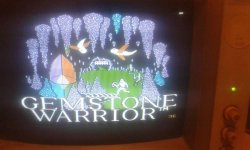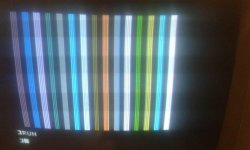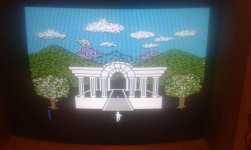Hi all,
I've just completed and tested my replacement for the 16K Language Card:
https://www.youtube.com/watch?v=1KPIAoO1dTU
Now, what is the next most useful expansion card for a ][+ machine (actually an europlus)?
I'm considering to make a PAL card, a Z80 card, an 80 column (MC6845 based) card, a generic banked RAM expansion and even a disk II controller card if I'm not going to find one cheap for sale in EU.
What everyone thinks is more useful (besides the disk interface that I'm anyway going to either buy or re-produce)?
Also I've seen quite a lot different disk drive interfaces that are not looking like the Apple's one clone, for example a 4 port one from Franklin (afair). Unfortunately I haven't been able to find any schematic for those alternative designs.
The only issue (for me) to design an exact clone of the Apple disk II interface is that I can't currently program the bipolar proms. Does anyone have any alternative schematic for those interfaces?
All suggestions are welcome.
Frank IZ8DWF
I've just completed and tested my replacement for the 16K Language Card:
https://www.youtube.com/watch?v=1KPIAoO1dTU
Now, what is the next most useful expansion card for a ][+ machine (actually an europlus)?
I'm considering to make a PAL card, a Z80 card, an 80 column (MC6845 based) card, a generic banked RAM expansion and even a disk II controller card if I'm not going to find one cheap for sale in EU.
What everyone thinks is more useful (besides the disk interface that I'm anyway going to either buy or re-produce)?
Also I've seen quite a lot different disk drive interfaces that are not looking like the Apple's one clone, for example a 4 port one from Franklin (afair). Unfortunately I haven't been able to find any schematic for those alternative designs.
The only issue (for me) to design an exact clone of the Apple disk II interface is that I can't currently program the bipolar proms. Does anyone have any alternative schematic for those interfaces?
All suggestions are welcome.
Frank IZ8DWF



